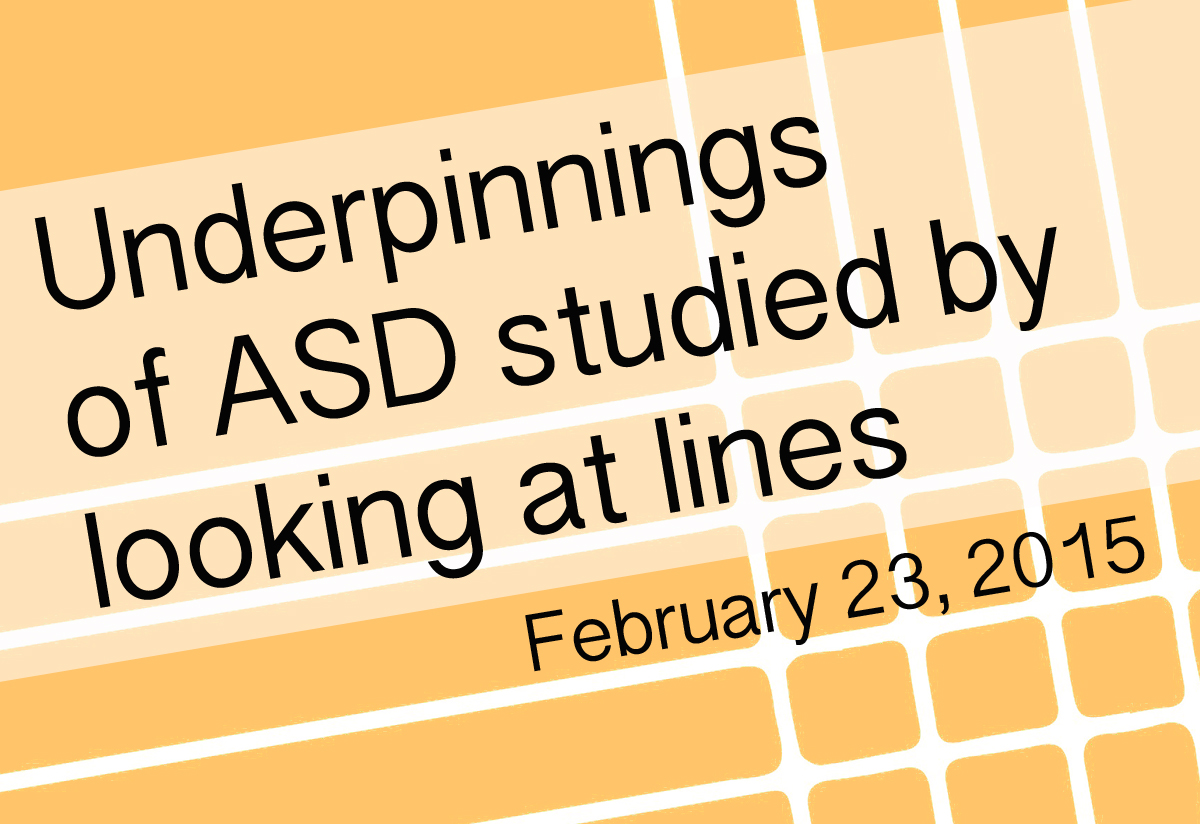Check out other stories from the Latest News
Different Visual Processing Patterns Observed in Autism
By Chelsea E. Toledo, M.A. on February 23, 2016

Background: On a visual plane, the oblique axis runs at a 45 degree angle relative to the horizontal and vertical axes. For typically developing individuals, it is easier to perceive patterns along the vertical and horizontal axes than those along the oblique axis—a phenomenon known as the “oblique effect.”
What’s New: On January 21, 2016, the journal Frontiers in Neuroscience published a study exploring how people with autism spectrum disorder (ASD) differed from their typically developing peers on visual processing tasks. The researchers administered the same task to 64 boys between the ages of seven and fifteen, 26 of whom had ASD. Each participant was tasked with looking at a striped object tilted at various angles, and to determine its position relative to the vertical and oblique axis. The group with typical development perceived the relationship of objects to the vertical axis much better than the relationship of objects to the oblique axis – a pattern not observed in the group with ASD.
Why it’s important: This study suggests that children with ASD have impaired visual processing along a vertical axis, but not along an oblique axis. Future studies could pinpoint the neurological basis of this difference, revealing clues about the underpinnings of ASD.
Help me understand :
| Source(s) : |
| Tweet |

